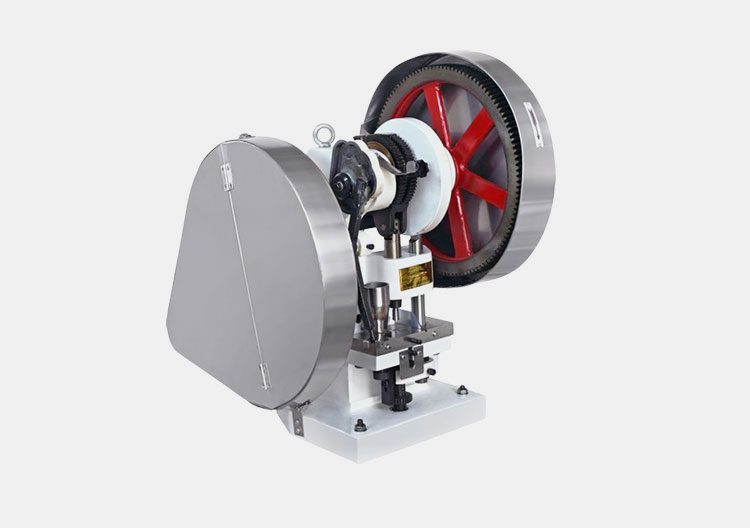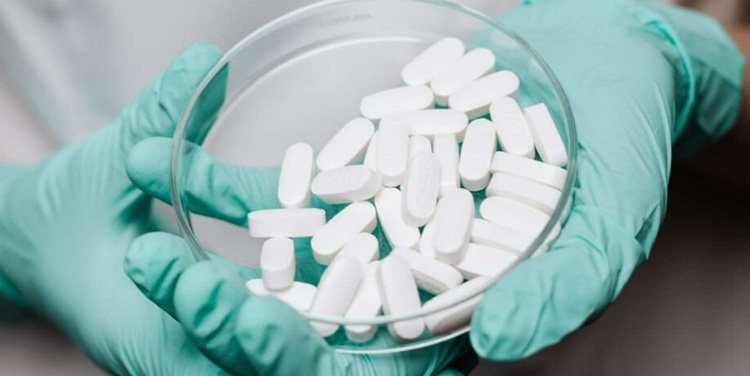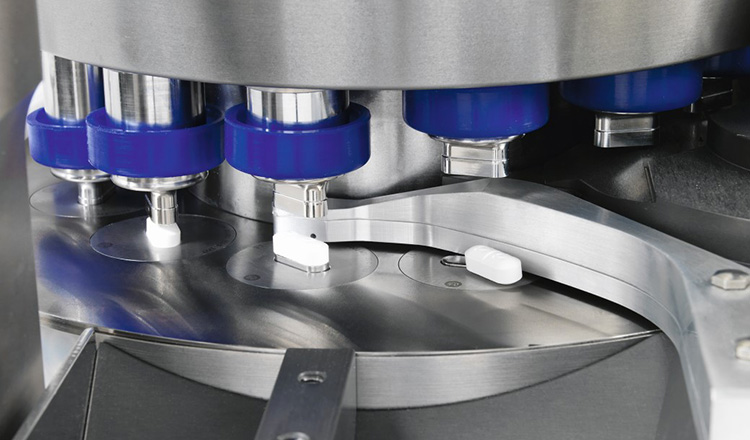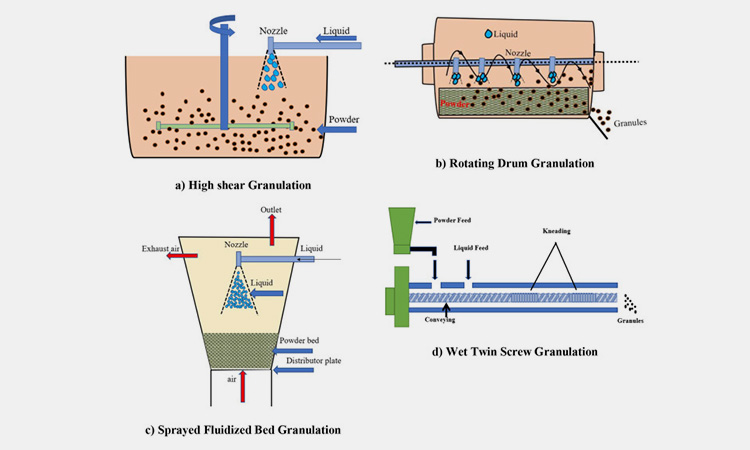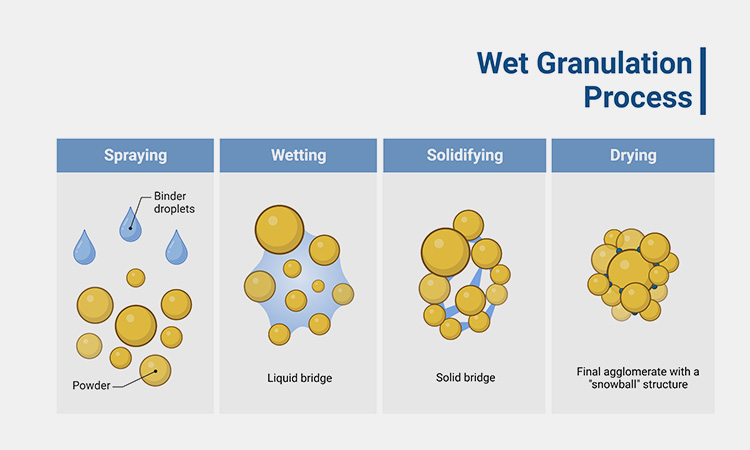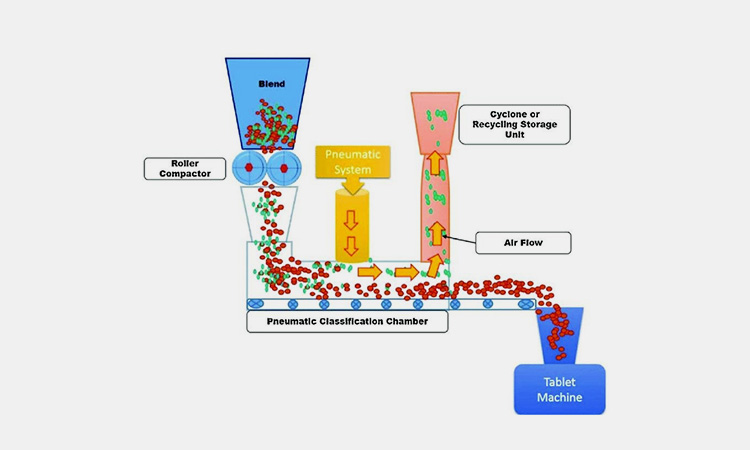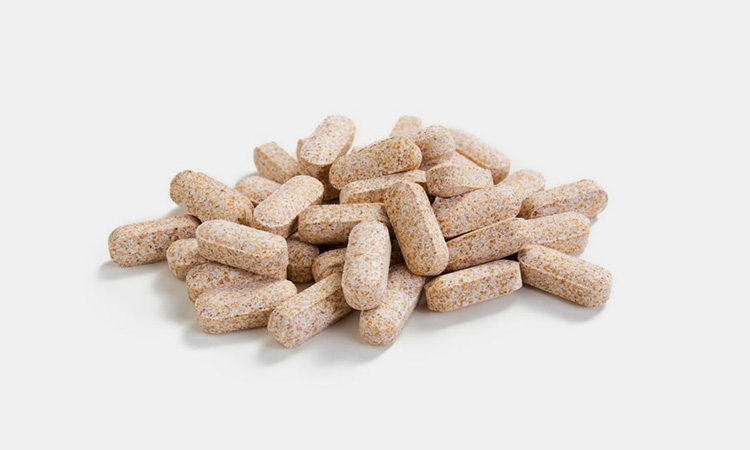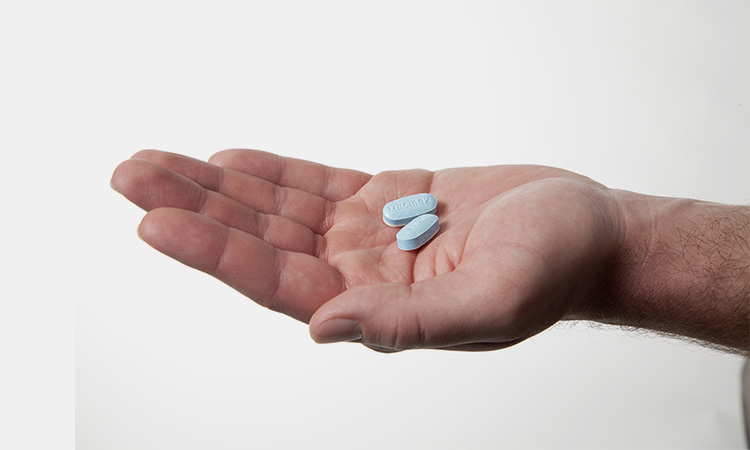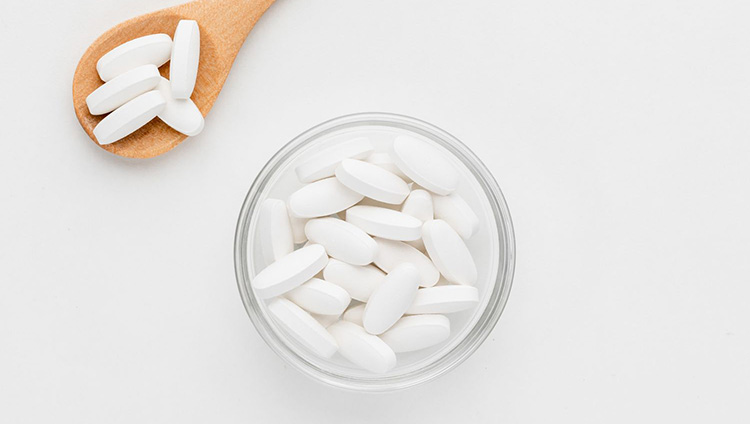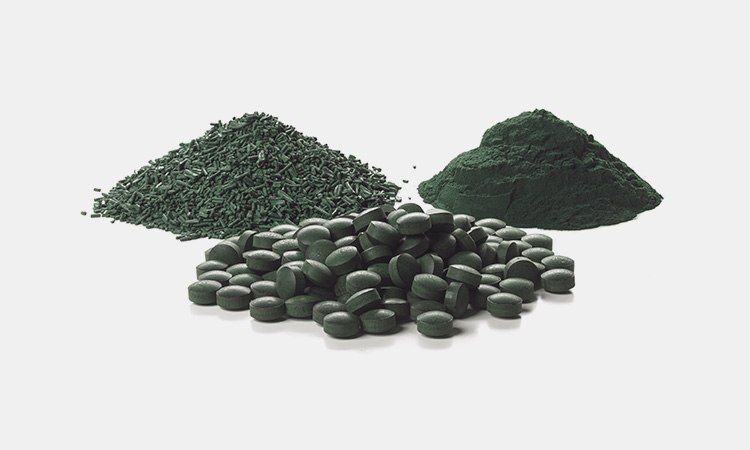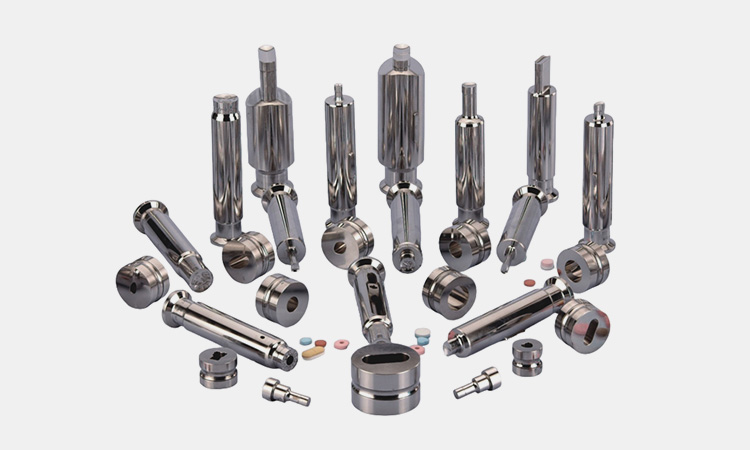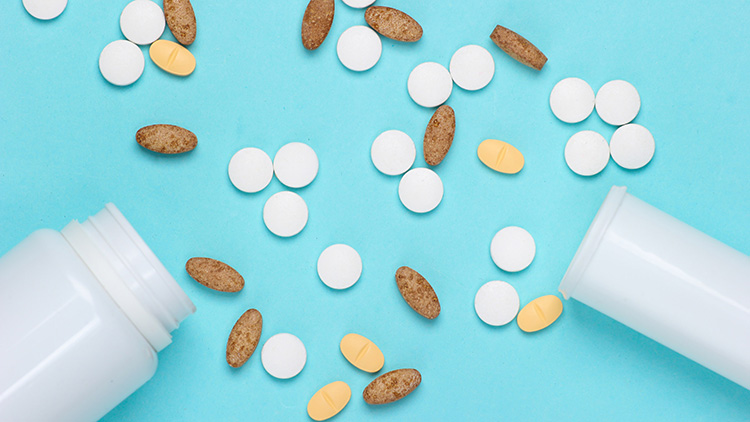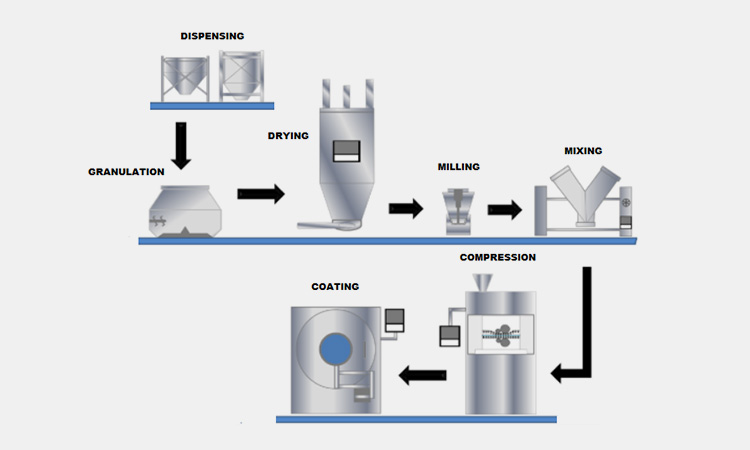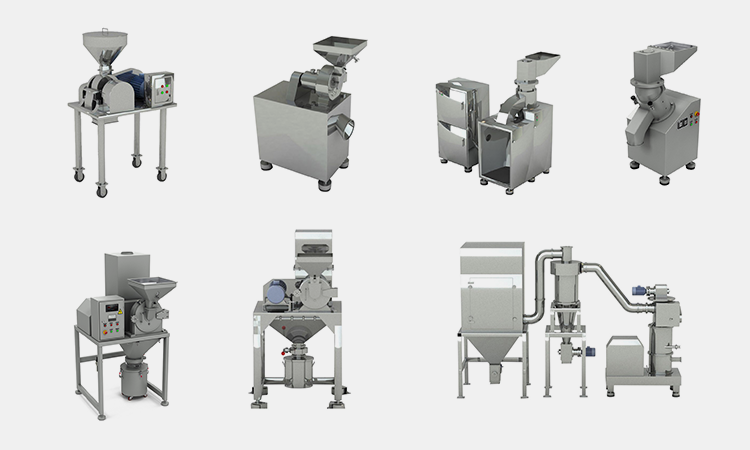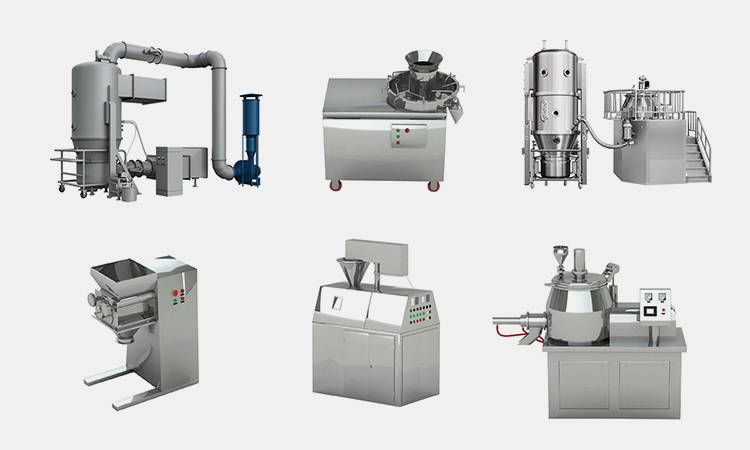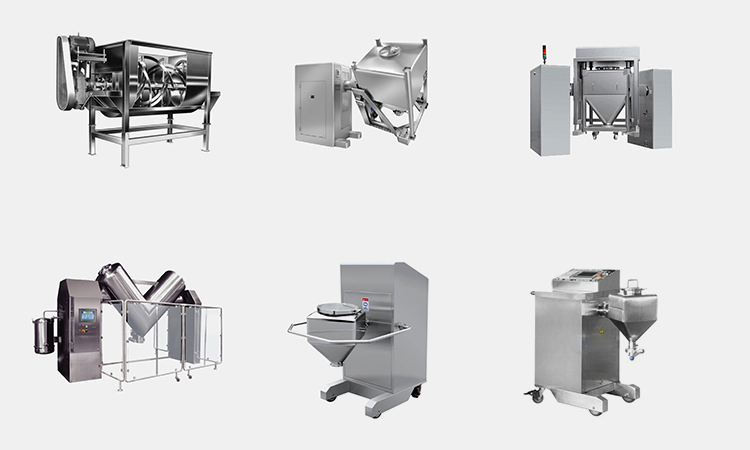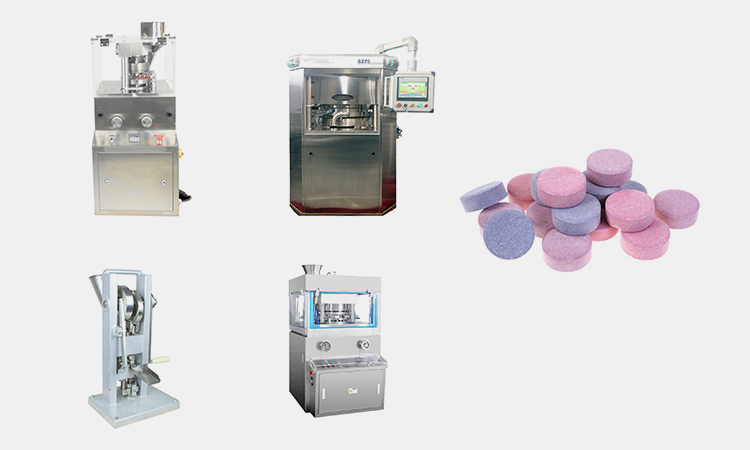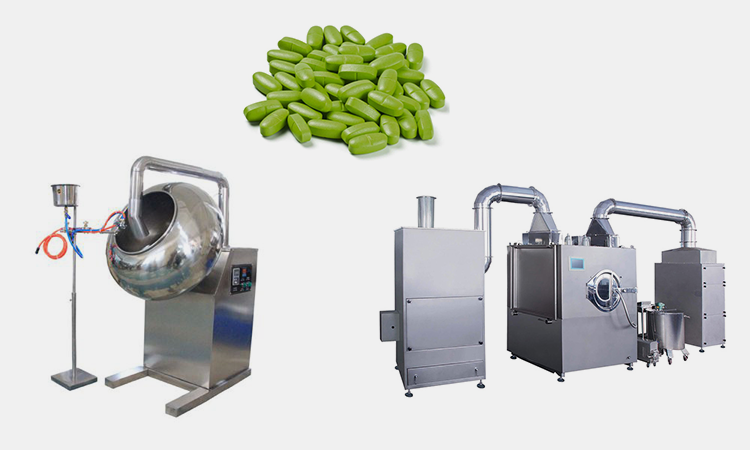Pharmaceutical Tablet Production 5 Expert Tips And 10 Key Steps
As the pharmaceutical industry continues to develop and improve, pharmaceutical equipment and machines are also constantly updated, such as tablet presses, granulators, dryers and mixers. In particular, the pharmaceutical industry has maintained continuous expansion and steady growth from 2019 to 2024.
Pharmaceutical Tablet Production-sourced: geminipharm
So, what are the key expert tips for your pharmaceutical tablet production and manufacturing? What are their key steps for you to apply and ensure with good pharmaceutical tablets production effects? How to avoid the pharmaceutical tablet manufacturing common defects? Follow the post below and you may find out in the end.
1.What Are The Common Methods For Your Pharmaceutical Tablet Production?
Tablets are a common type of pharmaceutical dosage form. They are usually made by pressing powder into a solid dosage form. There are three different methods for you to make your own tablets:
Direct Compression
Direct Compression-sourced: pharma-food
The direct compression is the simplest and most economical tablet making process. The powder is compressed into tablets by changing its physical properties. This is a common solution for tablet production in the pharmaceutical industry.
Direct Compression Process:
Direct Compression Process-sourced: achievechem
Grind and sieve drug powder and granules;
Uniformly mix drug powder, excipient disintegrant and lubricant;
Apply the direct compression;
Wet Granulation
Wet Granulation-sourced: sciencedirect
The wet granulation is a common method for tablet production. Its production process mainly involves making powder into granules through mixing, wetting, wet massing stage, drying and shaping. This wet granulation can basically meet all tablet formation requirements.
Wet Granulation Process:
Wet Granulation Process-sourced: biorender
Weigh and grind the powder, and mix it evenly with the active pharmaceutical ingredient and powdered excipients;
Prepare the binder solution;
Mix the binder solution with the powder to form a wet mass;
Wet sieve the wet powder into pills or granules through a sieve;
Dry the sieved granules;
Mix the dried granules with lubricants and disintegrants;
Finally, press the processed granules into tablets;
Dry Granulation
Dry Granulation-sourced: researchgate
The production process of dry granulation is similar to the principle of wet granulation, both of which make granular powder into tablets by weighing, mixing, tableting, dry sieving, lubrication and granulation pressing. Dry granulation is usually used when tablet excipients have sufficient inherent cohesiveness.
Dry Granulation Process:
Dry Granulation Process-sourced: slideplayer
Grind, weigh and uniformly mix drug powder and excipients according to the formula;
Press the mixed powder into blocks;
Sieve the block granules through a grinder and sifter;
Re-press the sieved granules into tablets;
2.What Are The Goals For Your Pharmaceutical Tablet Production?
During the pharmaceutical production process, there are some goals you need to meet:
Durability
Durability-sourced: generationnutra
When you are manufacturing the pharmaceutical tablets, it is very important to make the tablets durable enough to withstand mechanical impacts during production, packaging, transportation and distribution. Tablets must be durable, chemically and physically stable.
Consistent Weight
Consistent Weight-sourced: lubrizol
Manufacturing tablets with consistent weight and uniform drug content can ensure high bioavailability and stable drug efficacy in the tablets.
Exquisite Appearance
Exquisite Appearance-sourced: verywellhealth
If the appearance of the tablet is too rough, it will lead to low patient compliance and is not conducive to subsequent digestion and absorption. It is crucial to manufacture flawless and exquisite products.
3.What Are The 5 Expert Tips For Your Pharmaceutical Tablet Production?
There are 5 expert tips during your pharmaceutical tablet production:
Uniformly Mixed Binders
Uniformly Mixed Binders-sourced: tdptabletpresses
Binders are one of the important ingredients that are indispensable for the physical form of tablets. Without binders, the particles cannot agglomerate. Depending on your formulation, you can choose wet binders or dry binders. And mix the binders with the materials fully and evenly in the right proportions and steps.
Using Punches and Dies
Using Punches and Dies-sourced: aimspharmaengineering
Before the powder is pressed into tablets of appropriate shape, you can design your tablet size, shape and imprint, and then choose the appropriate die and punch.
Proper Pressure
During the compression process, the tablet may have different tablet states due to different pressures. You can use automatic and manual tablet presses to apply different kinds of pressure. Manual tablet presses are manually operated and may apply uneven pressure.
Active Pharmaceutical Ingredient Stability
The most common tablet manufacturing process technologies today are wet granulation, dry granulation and direct compression. However, the physical and chemical stability of the active pharmaceutical ingredient (API) in the drug affects manufacturing.
Weight Control
Weight Control-sourced: goodrx
If the weight during tablet manufacturing is too high or too low, it will directly affect the stability of the active ingredients in the drug. Good weight control of tablet weight and drug uniformity helps optimize compression ratios, thereby balancing weight and reducing deformation.
4.What Are The 10 Key Steps For Your Pharmaceutical Tablet Production?
Here are some key steps for your pharmaceutical tablet production:
Key Steps For Your Pharmaceutical Tablet Production-sourced: pharmaguideline
Step 1: Formulation Development
Tablet production begins with formulation development. Different tablets have different efficacy and effects. You need perform careful research and experiments to test the active ingredients, dosage, stability and release profile to ensure the efficacy and safety of the tablet.
Step 2: Tablet Design
The design of the tablet includes the content of the drug, the design of the shape, size and imprint. It is very important that the correct tablet design can achieve the desired dosage form tolerance. Uneven break lines may cause fluctuations in the dosage.
Step 3: Shaping
Reduce the size of the ingredients by grinding, crushing, pulverizing or mixing drug powders and granules. When the ingredients are similar in size, it is easier and more uniform to mix them or compress them into tablets.
Step 4: Material Distribution
Material distribution is the most critical stage in the tablet manufacturing process. It requires professional monitoring. Each active substance needs to be accurately weighed according to the dosage. Therefore, reducing the size of the particles is necessary to improve the flow properties and easy mixing of the particles.
Step 5: Granulation
Granulation refers to the process of converting powder ingredients into granules. It can increase the particle size by firmly sticking the particles together. By utilizing a high shear granulator, the powder can be quickly mixed and granulated using a wet or dry method, resulting in particles with better flowability, compressibility.
Step 6: Blending
Uniformly mixing the drug powder and active substance ensures uniformity and uniformity of the granules. By using a blender and mixer, the dosage of various drug ingredients can be accurately measured and controlled to ensure that each tablet contains the expected amount of active ingredient.
Step 7: Drying
The uniformly mixed granules need to be dried at a high temperature of 550 degrees Celsius in a liquid bed dryer. This step is usually done using a cryogenic vacuum pump immediately after filtration or centrifugation.
Step 8: Direct Decompression
During the tablet compression process, the granules are pressed into various shapes, including round, oval, rectangular, and other shapes. Any additional symbols or code numbers can be engraved on the tablets. In this process, you need carefully control the compression force and speed to obtain tablets of the desired hardness, thickness.
Step 9: Tablet Coating
Tablet coating can eliminate unpleasant taste. Through this step, the tablet can be made colorful and beautiful. Some functional coatings can protect active ingredients from environmental factors and improve patient compliance.
Step 10: Tablet Packaging
Tablet packaging is the last step in pharmaceutical tablets production. Through blister, box, bottle packaging, tablets can be protected during storage, transportation and distribution. The packaging materials you use should be tamper-proof, child-resistant (if required), and provide appropriate labeling, etc.
5.What Are The 6Types Of Equipment For Your Pharmaceutical Tablet Production?
There are many types of pharmaceutical tablet machines, and the following mainly introduces 7 types for you. It includes:
Crusher Machines
ALLPACK Crusher Machines
Crusher machines can be applied for crushing soft and hard drug powders and granules into smaller and even size in pharmaceutical, food and chemical industry. Common crushing equipment in tablet manufacturing includes hammer crusher, vibration crusher, pin crusher, etc.
Granulators
ALLPACK Granulators
Granulators are used in tablet manufacturing to create wet or dry tablet granules. This equipment can improve the flow properties of powders by increasing particle size. The types of granulators are fluid bed granulators, rapid mixer granulator, dry granulator, high shear granulator, oscillating granulator, and drying granulator.
Blenders
ALLPACK Blenders
Tablet manufacturing requires the use of a variety of blending equipment to accurately mix powders and various ingredients. The most common pharmaceutical blenders include double cone blender, octagonal blender, V blender, bin blender, ribbon blender, mass blender, etc.
Drying Equipment
Fluid Bed Drier-sourced: gmp-machine
During pharmaceutical tablet manufacturing, drying equipment can reduce the moisture content of drug powders and granules. The common machines used for drying tablets include spray dryers, rotary dryers, and fluidized bed dryers.
Tablet Press Machine
ALLPACK Tablet Press
Tablet press machine can compress drug powder into tablets of uniform shape, size, and weight. You can use high-speed rotary tablet press and multi-layer rotary tablet press for high-quality tablet compression. Tablet press machines types are manual type, semi-automatic type, and automatic type.
Coating Machines
ALLPACK Coating Machines
In the pharmaceutical industry, coating machines can cover the surface of tablets with a thin coating solution to mask the smell and taste of the tablets. There are both semi-automatic type and automatic type.
6.What Are The Common Defects During Your Pharmaceutical Tablet Production?
A good quality tablet should not have any visual or functional defects. During the tablet manufacturing process, various problems may be encountered.
The tablet common defects are:
| Tablet Defects | Image | Description |
| Capping | 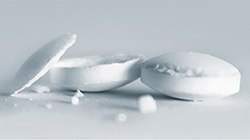
Tablet Capping-sourced: scientistlive |
l Improper coating may result in tablet breakage or ridges in the coating; |
| Lamination | 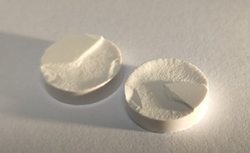
Tablet Lamination-sourced: sciencedirect |
l Refers to the separation of a tablet into two or more distinct horizontal layers; |
| Chipping | 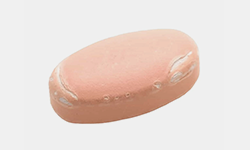
Tablet Chipping-sourced: ipharmachine |
l The breaking of tablet edges. It causes from sticking on punches faces, or the granules are too dry; |
| Binding | 
Tablet Binding-sourced: pharmaguideline |
l Due to more amount of binder in the granules or wet granules; |
| Cracking | 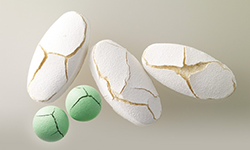
Tablet Cracking-sourced: colorcon |
l Small, fine cracks on the upper and lower central surface of tablets; |
| Sticking | 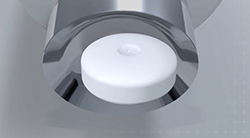
Tablet Sticking-sourced: tablettingscience |
l The tablet material adhering to the die wall; |
| Picking | 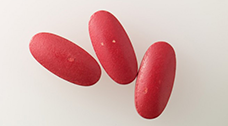
Tablet Picking-sourced: colorcon |
l The tablet material sticks to the tablet-surface by a punch face; |
| Mottling | 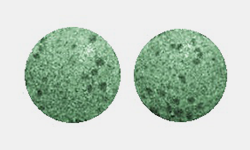
Tablet Mottling-sourced: tech-publish |
l The unequal distribution of colour on a tablet; |
| Blooming | 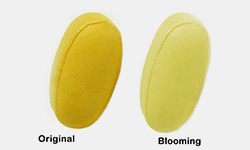
Tablet Blooming-sourced: tech-publish |
l Refers to the coating is dull immediately or after prolonged storage at high temperature; |
Causes and remedies for tablet common defects:
| Tablet Defects | Causes | Remedies |
| Capping | Too much fines in the granulation;
Granules are not thoroughly dried; insufficient binder or improper binder; Tablet contents are too dry or low moisture; |
You shall remove some or all fines through 100 to 200 mesh screen;
Dry the granules properly; Increase the amount of binder; |
| Lamination | Too much oily or waxy materials in granules;
Too much of hydrophobic lubricant; |
You shall modify the mixing process or add adsorbent;
Apply less amount of lubricant or change the type of lubricant; |
| Chipping | Tablet materials sticks on the punch faces;
There are too many dry granules; Too much binding causes chipping at the bottom; |
You can dry the granules properly or increase the lubrication;
Moisten the granules to plasticize; |
| Binding | ||
| Cracking | Granule sizes are too large;
Granules are too dry; The temperature of granulation is too low; |
Reduce the granule sizes;
Moisten the granules properly; Add proper amount of binder; |
| Sticking | Granules are not dried properly;
Too less or improper lubrication; Granules are too soft or weak; |
Dry the granules properly;
Increase or change the lubricant; Reduce the amount of binder; |
| Picking | Low melting point substances;
Too warm granules when compressing; Excessive moisture in granules; |
Dry the granules properly;
Cool sufficiently before compression; Change the type or use dry binders; |
| Mottling | Improper mixing of a color binder solution;
Improperly mixed dye; |
Use appropriate colorants;
Change the solvent system; |
| Blooming | High concentration;
Low molecular weight of plasticizer; |
Decrease plasticizer concentration;
Increase molecular weight of plasticizer; |
Conclusion:
Pharmaceutical tablet production Involves a complex series of steps. If you want to complete your own pharmaceutical tablet production and manufacturing only following the 5 expert tips and 10 key points from the post, it is not enough. If you want to perfect your pharmaceutical tablet production, please contact us now!
Don't forget to share this post!
CONTACT US
Tell us your raw material and project budget to get quotations within 24 hours.
WhatsApp Us: +86 181 7101 8586
The Buyer's Guide
